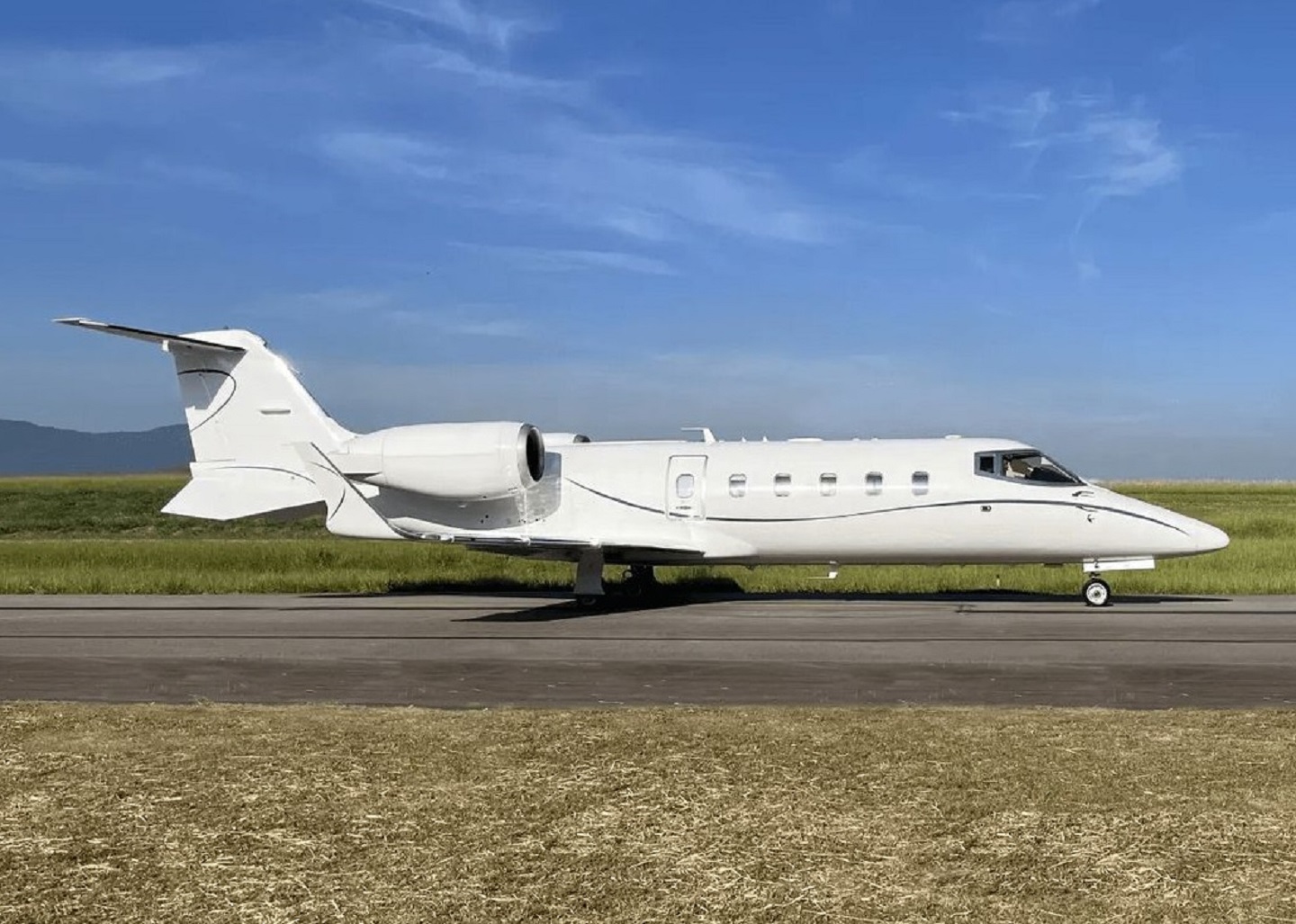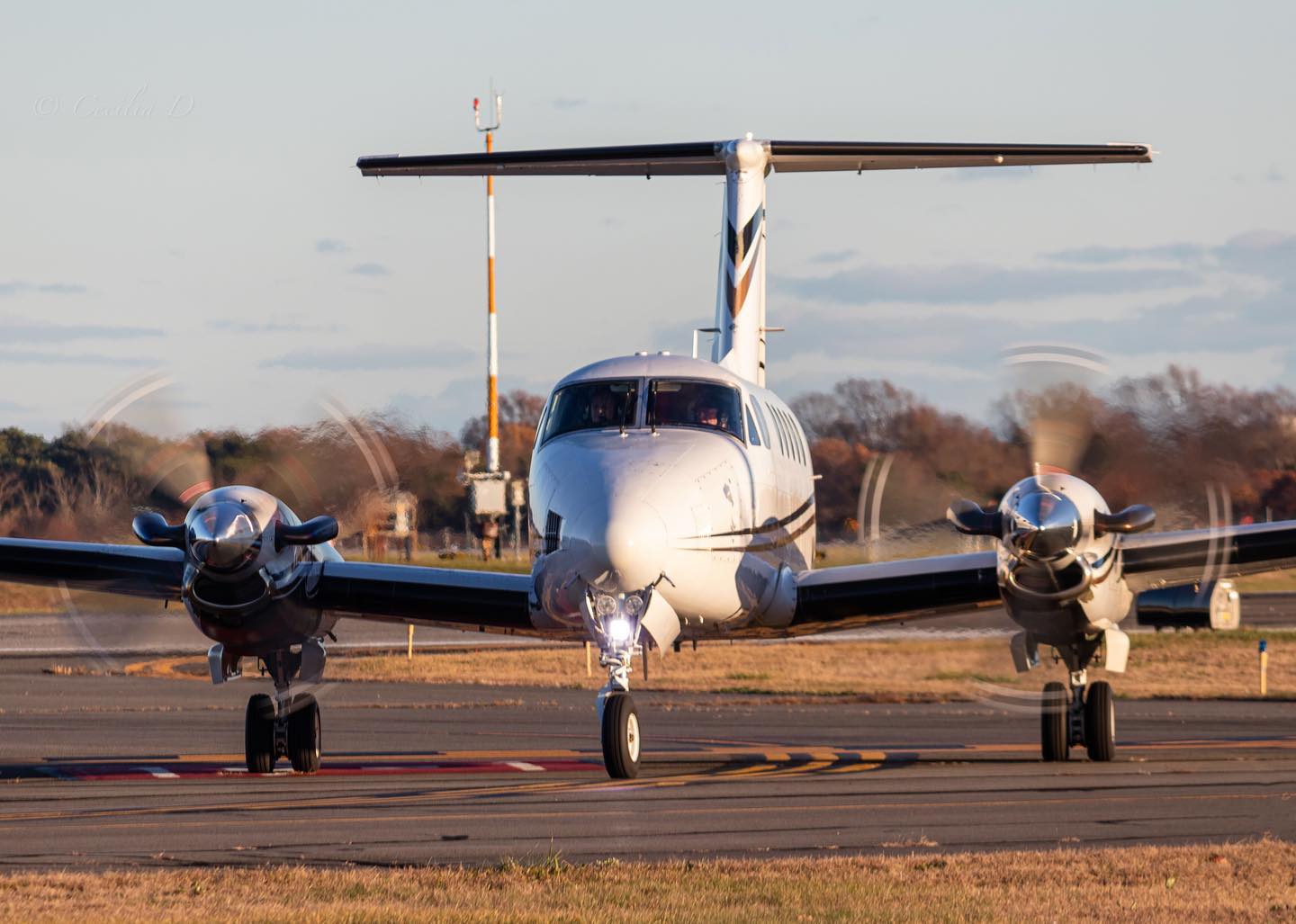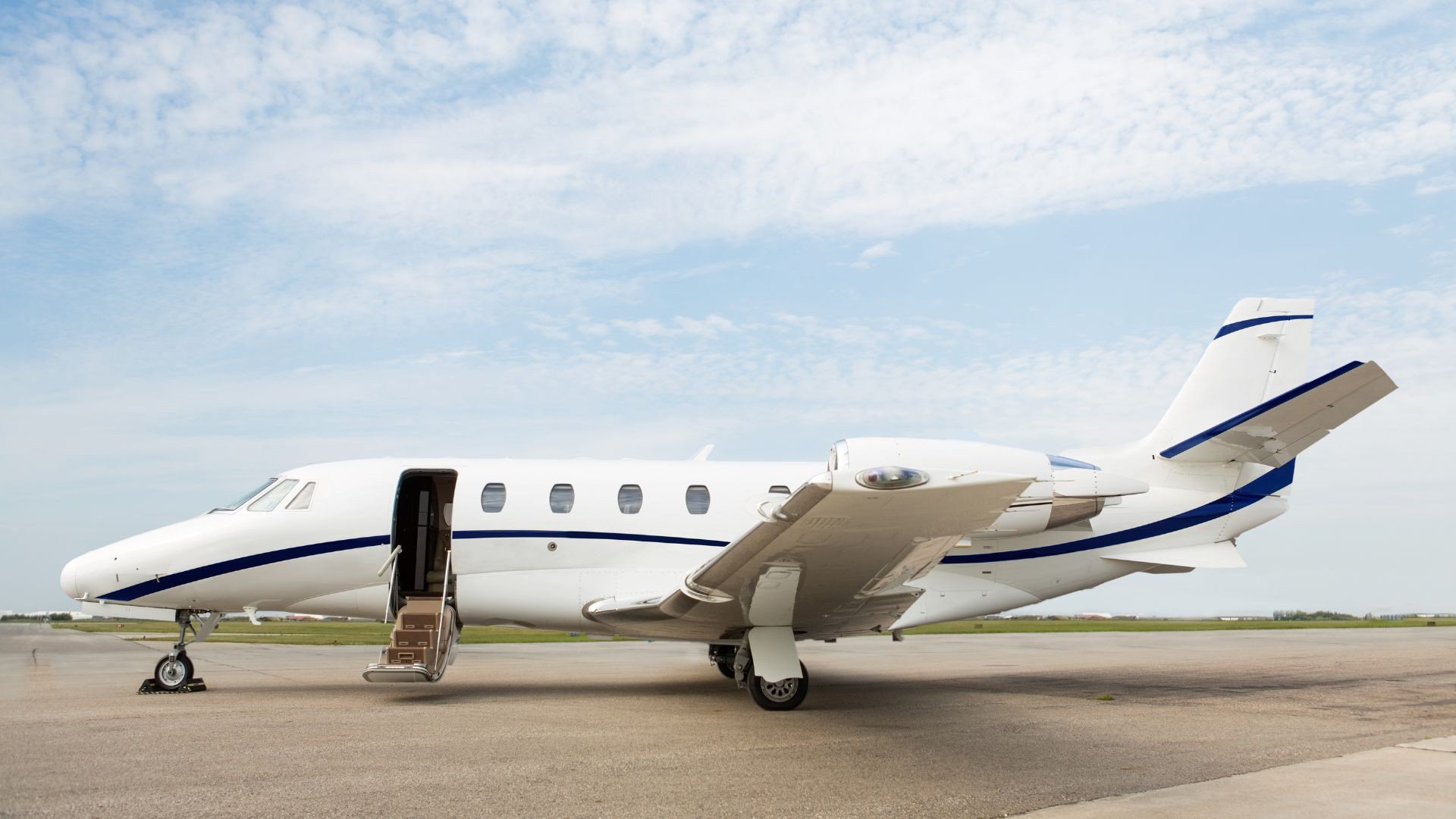When considering private air travel, two popular options are light jet charters and turboprop planes. Both offer unique advantages, and choosing between them depends on several factors like distance, budget, passenger count, and personal preferences. In this article, we will explore the difference between a light jet and a turboprop.
Light Jet Charter

Photo credit: instagram.com
Light jets are a category of small jet aircraft optimized for short to medium-range flights. Typically seating between 6 to 8 passengers, these jets are favored for their speed, efficiency, and luxury. Brands like Cessna, Embraer, and Bombardier are renowned in this category for models like the Cessna Citation, Embraer Phenom, and Bombardier Learjet.
The interiors of light jets are usually equipped with executive-style seating ample legroom, and sometimes include advanced in-flight entertainment systems and connectivity options. These jets are particularly popular among business travelers for their speed, reaching cruising speeds of around 400-480 mph, and their ability to utilize smaller airports closer to city centers, thus reducing ground travel time.
Another advantage of light jets is their efficiency in fuel consumption compared to larger jets, making them a more economical choice for private air travel within their range. They typically have a non-stop range of about 1,500 to 2,000 miles, comfortably covering distances like New York to Miami or London to Istanbul. However, they might require refueling stops for longer journeys. When it comes to operational aspects, light jets require a runway length of at least 3,000 to 4,000 feet for safe operations.
Turboprop Plane Charter

Photo credit: instagram.com
Turboprop planes, on the other hand, are powered by turbine propeller engines and are an excellent choice for short to medium-range flights. They are most effective for travel distances under 1,000 miles, like New York to Toronto or Paris to Milan. With cruising speeds of around 300 mph, turboprops are slower than jets but offer unique advantages, particularly in operating costs and accessibility to challenging airports. Models like the King Air series, Pilatus PC-12, and the Daher TBM are popular choices in this category.
One of the main draws of turboprops is their ability to land on and take off from much shorter runways, including those in remote or mountainous areas, providing access to a wider range of destinations. This capability makes them ideal for trips to destinations that are beyond the reach of commercial airlines and even some private jets. Turboprops are also known for their durability and reliability, especially in varied weather conditions.
Inside, while they may not match the luxury of light jets, modern turboprops offer comfortable seating, pressurized cabins, and updated avionics for a pleasant travel experience. They are often more cost-effective, both in terms of charter rates and fuel efficiency, making them a preferred choice for budget-conscious travelers and those prioritizing access over speed and luxury.
Choosing Between Light Jet and Turboprop
Choosing between a light jet charter and a turboprop plane charter involves considering several key factors. Each option has its own set of advantages, and the right choice depends largely on your specific travel needs and preferences. Here are the main factors to consider:
1. Travel Distance and Duration
Light Jets are more suitable for longer distances (typically over 1,000 miles) due to their higher cruising speeds and greater range.
Turboprops are ideal for shorter trips (up to about 1,000 miles) since they are more cost-effective for these distances despite being slower.
2. Budget
Cost of Charter: Light jets generally cost more to charter than turboprops. Consider your budget for the trip.
Fuel Efficiency: Turboprops are more fuel-efficient, which can translate into lower overall costs for shorter trips.
3. Airport Accessibility
Runway Requirements: Turboprops can land on and take off from shorter and more rugged runways, providing access to smaller, more remote airports.
Airport Availability: Light jets need longer, well-maintained runways, limiting their access to larger airports.
4. Passenger Capacity and Comfort
Passenger Numbers: Both light jets and turboprops typically accommodate 6-8 passengers, but the configuration can vary.
Cabin Comfort: Light jets usually offer more luxurious and comfortable interiors, whereas turboprops are more functional.
5. Speed and Efficiency
Time-Sensitivity: If you are on a tight schedule, the faster speed of light jets might be a significant advantage.
Efficiency: For less urgent trips, the efficiency and relaxed pace of turboprops could be more appropriate.
6. Personal Preferences and Purpose of Travel
Business vs. Leisure: Light jets are often preferred for business due to their speed and amenities, while turboprops can be ideal for leisure travel, especially to remote or unique destinations.
Luxury and Amenities: Your preference for luxury and specific amenities should also guide your choice.
7. Environmental Impact
Fuel Consumption: Turboprops are generally more fuel-efficient and considered to be more environmentally friendly.
Emission Considerations: If reducing your carbon footprint is important, turboprops might be the better option.
In summary, the choice between a light jet and a turboprop depends on a blend of practical considerations like distance, budget, and accessibility, as well as personal preferences regarding comfort, speed, and travel experience. By carefully weighing these factors, you can select the option that best aligns with your specific travel needs and preferences.

